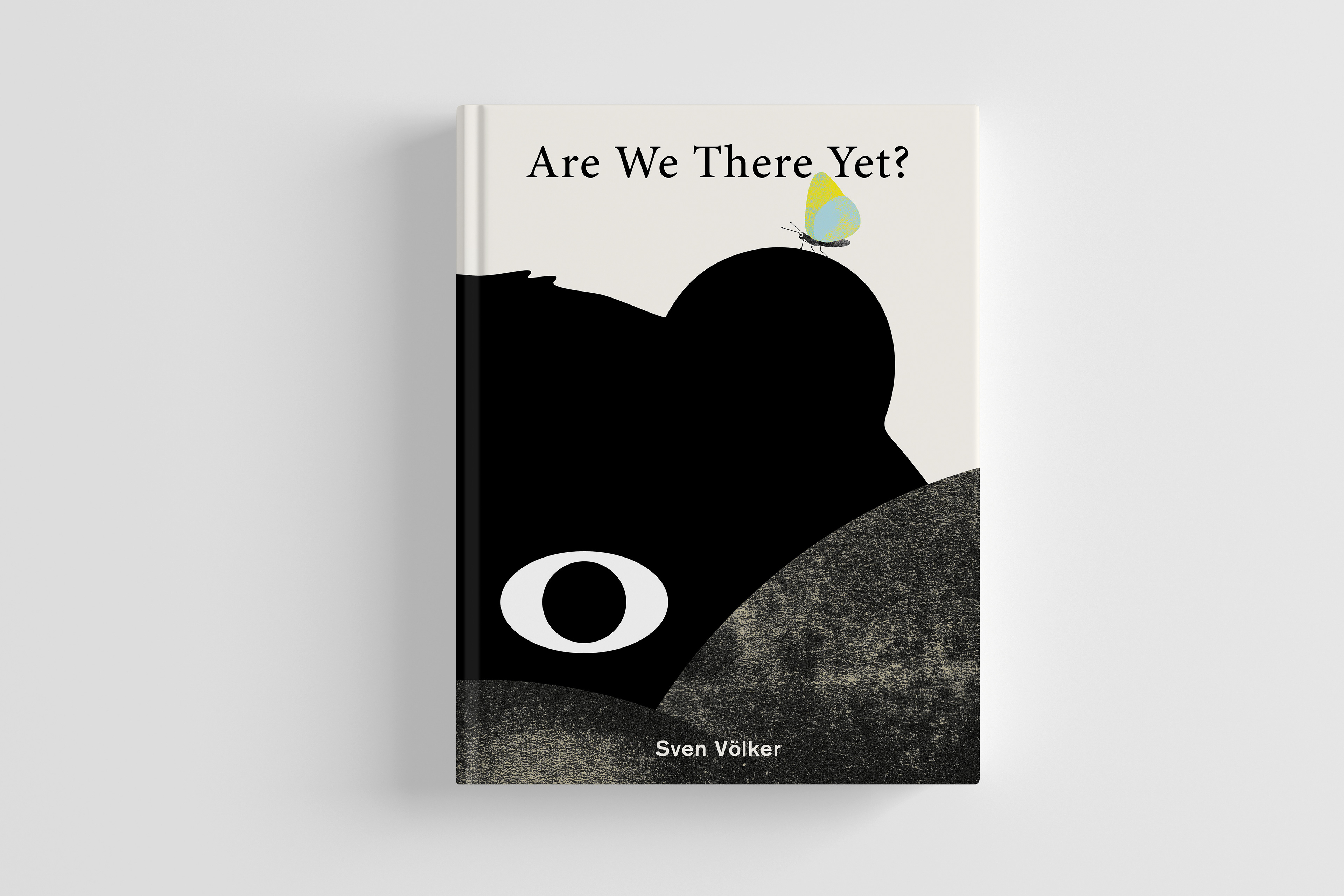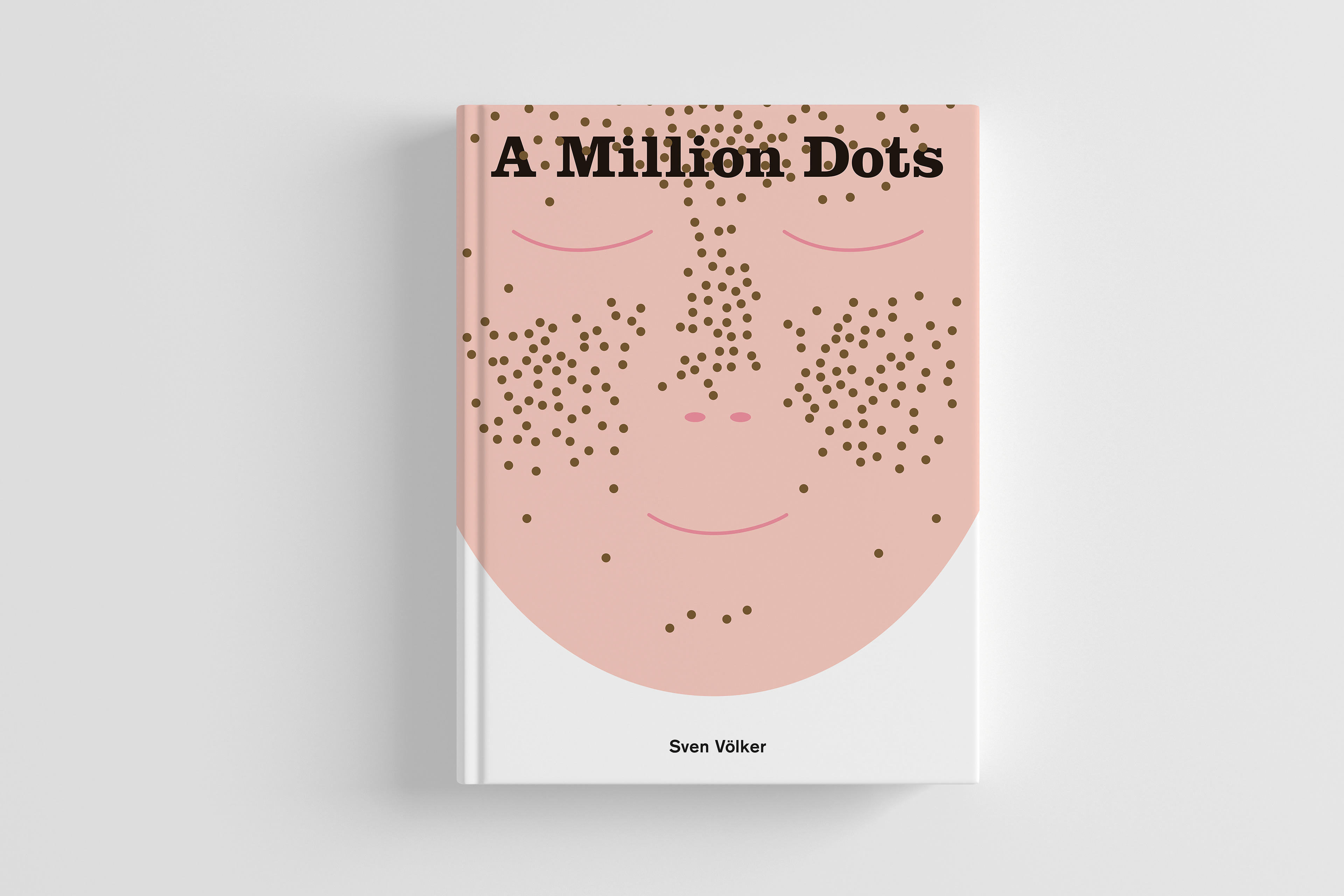A Conversation
One half of this book is about mathematics, the other half is about the beauty and wonder of sharing. In his new book, the author of “A Million Dots” explores the fascinating idea of sharing. L'altra metà is a poetic and minimalist book that ultimately becomes surprisingly crowded.
„Halving seems to be a loss—but only at first glance."
How did you develop the idea for L'altra metá?
When my book about doubling and exponential growth, “A Million Dots,” was published a few years ago, I already had the idea of writing and illustrating another book about sharing. The idea of “more” is fascinating and impressive, but I found the idea of sharing and halving to be much more poetic. No matter how often you halve something, there is always another half left over—isn't that beautiful and somehow comforting?
But then you have to keep in mind, that things also gets smaller and smaller, and on large, colorful picture book pages, it eventually becomes noticeable when there is less and less to see on the pages towards the end of the book. So in the first draft of my book, it ended up looking a bit empty—not to say boring. Then came the colorful animal silhouettes, followed by the typography, and finally lots of tiny little ants. When I start illustrating a book, I often don't know how it will end. I'm always really excited to see how a book and its story will turn out.
"How little is necessary? I often ask myself that question."
So your approach to a new picture book isn't as planned as one might assume?
On the one hand, that's true, but on the other hand, I often persuade myself very easily and quickly to accept new and different ideas. I also find it very easy to let go of ideas I once had. That can sometimes be very surprising…
… so what does the typical creation of one of your books look like?
For me, it often starts with the overarching theme. Do I want to write a book about friendship, wanderlust, love, or death, or am I interested in a particular mathematical phenomenon, or how about a non-fiction book about transportation? There are so many books you could write and illustrate, and in order to even get started, I decide which “island” I want to begin my search on. Once I have a general idea of what the book will be about, I take a lot of time to look at the world around me through this lens and from this perspective. I do research in books and exhibitions, search the internet and dive back into my old ideas and sketches, and even in everyday life, at university or when walking the dog, I think about what might be interesting for my new book. The goal is to come up with as many observations as possible and collect them first. At the beginning, it's not about finding a great idea or a story. It's only about finding as much raw and unfiltered material as possible.
"One good idea – sometimes that's all it takes."
But that takes a lot of time, doesn't it?
Yes, that is true. My working life as a university professor is divided into this wonderfully rigid cycle of semesters and semester breaks. I work with my students for three months and then spend another three months working on my projects—an endless creative cycle. I'm using the semester for my research and my searching, and when the university closes, I'll have enough time to make a book turn into a reality. I have become so accustomed to this rhythm that I almost always manage to come up with two books a year. But don't worry, not all of them make it into reality though, not all of them get published. But anyway, I write most of the books for myself first and then for my publishers second.
How does minimalism work for you, and how does it restrict you?
Many of my books are visually rather reduced, you could say minimalist, that's true. But that doesn't come from some kind of dogma or a seemingly very consistent idea of design. Rather, I find it very interesting to keep leaving things out and seeing how little form, how few visual cues are really necessary to get an idea or a story across.
I originally come from graphic design, I have designed many posters, identities, logos or symbols, and have thought a lot about easy recognition and visual clarity. This often involved functional aspects and practical readability and visibility. But now I'm interested in poetry, and when you combine graphic clarity with poetic ambiguity, very surprising things often happen. At first glance, some of my illustrations appear cool and uninviting to some people. But once you enter the visual world, the magic begins. I often work with the idea that images are only completed in people's minds—it's a little bit like abstract art.
How do you chose colors for a project?
It seems I have a few favorite colors. I've discovered this over the years, but I can't explain exactly why. I think I have positive associations with warm but bright yellow, a slightly muted pink, or light blue. These colors keep popping up in my books. But because I know this, I always start with a different new palette without these. However, it often only takes a few days before I add them again and my palette continues to grow and grow. In the end, I always think about which tones I could delete. Then, there are always big surprises. But as I said, I am more than happy with sudden and surprising changes and new directions a project might take.
One day, I would like to make a black and white book. I have always shied away from this. But I believe that, just as black and white photography hast its own unique power and allows light and shadow to really work, I can imagine that a black and white picture book could be great. Let's see what I come up with – it definitely has to be funny and not too serious.
more picture books

New Book coming Spring 2023

Winner of New York TImes Best Illustrated Children's Books 2019

Based on a text written by Sting

The Piano
